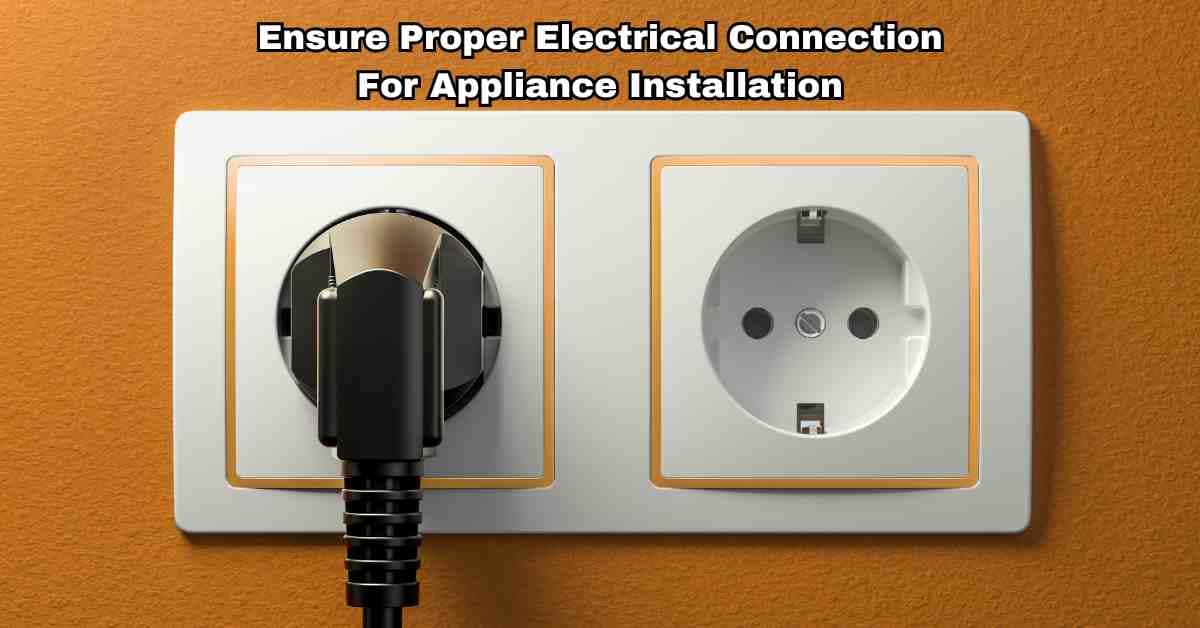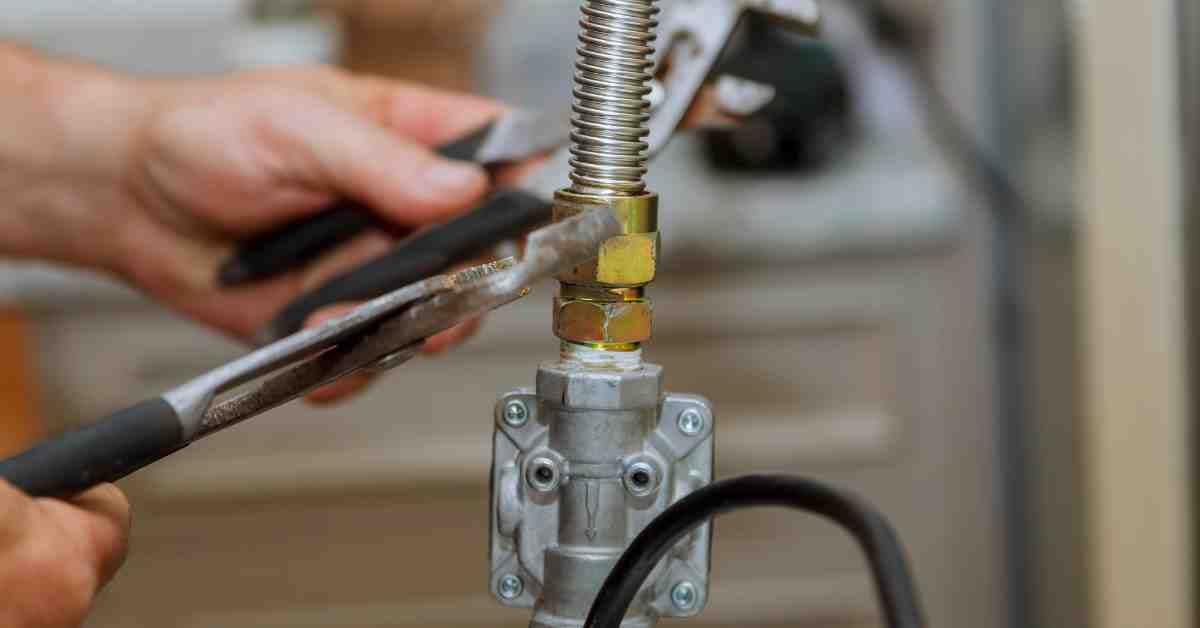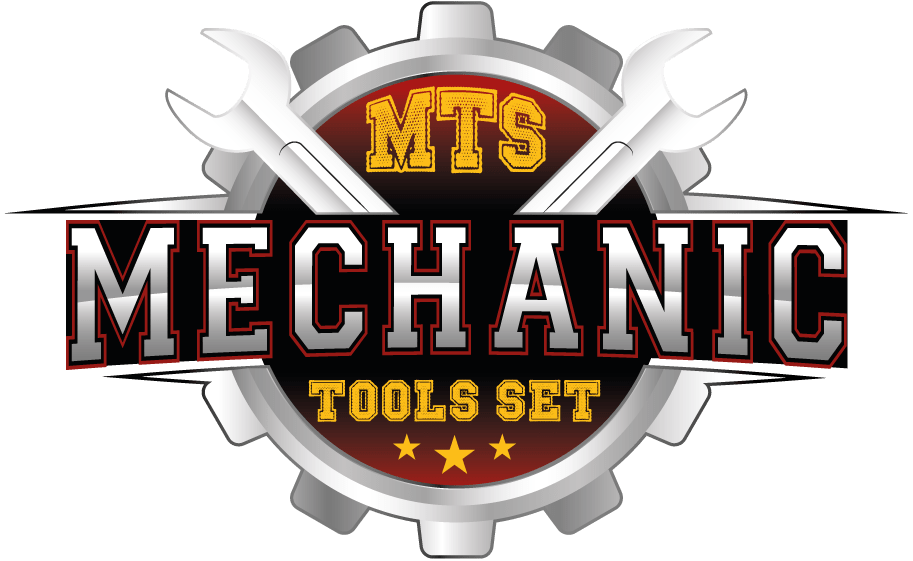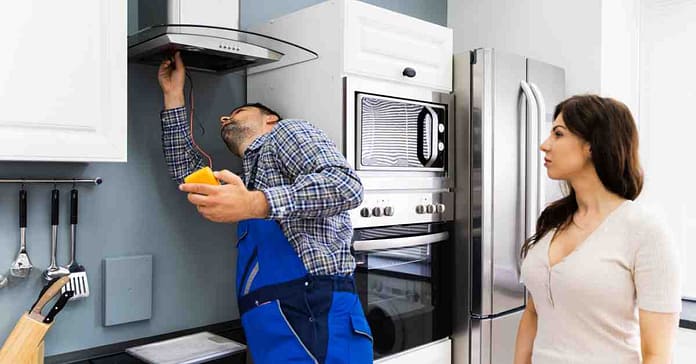Appliance installation involves setting up various household devices for proper functioning. It requires expertise and precision.
Installing appliances correctly is crucial to ensuring safety and efficiency in your home. From refrigerators to washing machines, proper installation can prevent malfunctions and prolong the lifespan of your appliances. Hiring professional installers can save you time and effort while guaranteeing the job is done right the first time.
You can also be prepared to keep your floors spotless while saving time and effort. Meanwhile, let us explore this fascinating technique, “HOW TO CLEAN A FLOOR WITHOUT A MOP.”
7 Tips For Appliance Installation Setup
There is usually a great deal of excitement when installing new appliances. Well, be it a new refrigerator, washing machine or dishwasher, one has to ensure that the appliance is installed correctly for the aspirated results.
In this guide, we’ll cover the five essential tips for appliance installations setup that can help you not to make the same errors, save time while at it as well as enhance the performance of the appliances.
After reading this, you will feel ready to perform each installation correctly and maximize the advantages of your new devices. Without further ado, let’s get started!
1. Choose The Right Location For Appliance Installation
Basically When it comes to appliance installation, choosing the right location is crucial for both functionality and safety. Also, the placement of your appliances can impact their performance and longevity, as well as the overall look and feel of your space. Here are some key factors to consider when determining the best location for your appliances.
If you would like to buy any appliances for your kitchen, visit here to choose.
1. Consider The Space
Firstly, before installing your appliances, carefully assess the available space in your kitchen or laundry room. Also, make sure the dimensions of the area can accommodate the appliance and allow for proper ventilation and access. Additionally, consider the proximity to other fixtures and appliances to ensure convenient usage and a cohesive layout.
2. Check For Proper Ventilation
Proper ventilation is essential for the efficient and safe operation of appliances such as stoves, ovens, and dryers. Ensure that there is adequate airflow around the appliance to prevent overheating and potential fire hazards. Additionally, consider the proximity to windows, doors, and other ventilation sources to optimize air circulation.
2. Ensure Proper Electrical Connection For Appliance Installation

When it comes to appliance installation, ensuring a proper electrical connection is crucial for the safety and functionality of your appliances. Whether you are installing a new dishwasher, oven, or washing machine, the electrical connection plays a vital role in the proper operation of the appliance.
1. Check Electrical Requirements
Before you begin the installation process, it is important to check the electrical requirements of the appliance. This includes the voltage, amperage, and outlet type needed for the appliance to function properly.
Refer to the manufacturer’s instructions or specifications to ensure that the electrical supply in your home meets the necessary requirements for the appliance.
2. Consult An Electrician If Needed
After words, If you are unsure about the electrical requirements or if the existing electrical setup in your home is not compatible with the appliance, it is highly recommended to consult with a qualified electrician.
At this point, an electrician can assess the electrical system, make any necessary upgrades, and ensure that the appliance is safely and properly connected to the power supply.
3. Level And Secure The Appliance
Therefore Properly leveling and securing your appliance is crucial for its efficient and safe operation. This ensures that it remains stable and functions optimally, preventing any potential damage or hazards. Below, we’ll discuss the essential steps to level and secure your appliance effectively.
1. Use A Leveling Tool
Then, start by placing a leveling tool, such as a spirit level, on top of the appliance. In order to check for any discrepancies in the bubble position, and adjust the appliance’s feet or leveling legs accordingly,. This guarantees that the appliance sits evenly on the floor, promoting stability and efficient performance.
2. Secure With Bolts Or Brackets
After leveling, it’s crucial to secure the appliance in place using bolts or brackets. Later, refer to the manufacturer’s instructions to identify the specific securing mechanisms required. Also, ensure that these fasteners are tight and properly installed to prevent any movement or instability during use.
4. Connect Water And Gas Lines

When it comes to appliance installation, connecting water and gas lines is a crucial step that requires attention to detail and precision. Significantly, proper installation of these lines ensures the safe as well as efficient operation of your appliances, such as stoves, water heaters, and dishwashers.
1. Check For Leaks
whenever, Before connecting any water or gas lines, it’s essential to check for leaks to prevent potential hazards. Inspect the connections and fittings for any signs of damage or wear. Use a solution of soapy water to detect gas leaks; if bubbles form, there may be a leak.
On the other hand, for water lines, turn on the supply and look for any dripping or pooling of water.
2. Use A Professional For Gas Line Connection
Significantly, connecting gas lines should always be done by a qualified professional to ensure safety and compliance with local codes and regulations. In either case, improper installation of gas lines can lead to serious safety risks, including fire or explosions.
So, trusting this task to an experienced professional is vital for the safety of your home and family.
5. Test The Appliance
Finally, ensure successful appliance installation by testing the appliance after setup to guarantee proper functionality. Testing the appliance post-installation is crucial to avoid potential issues down the line. However, it is recommended to conduct a thorough test to ensure everything is working as intended.
When it comes to appliance installation, testing the appliance is the final step to ensure that it is working as intended. Testing the appliance involves checking all its functions and running a full cycle to ensure that it is fully functional. In this section, we will discuss the steps involved in testing the appliance to make sure it is ready to use.
1. Check All Functions
Before running a full cycle, it is essential to check all the functions of the appliance. Check the manual to determine the functions of the appliance. Ensure that all buttons, knobs, and switches are working correctly.
For instance, if it is a washing machine, make sure that the water supply is working correctly and the detergent dispenser is functioning correctly. If it is a stove, ensure that all the burners are working, and the oven heats up correctly.
Checking all the functions ensures that the appliance is working correctly before running a full cycle.
2. Run A Full Cycle
After checking all the functions, it is time to run a full cycle. A full cycle involves running the appliance through all its functions to ensure that it is working correctly. For example, if it is a dishwasher, run a full cycle with dishes to ensure that it cleans them correctly.
If it is a washing machine, run a full cycle with clothes to ensure that it washes them correctly. Running a full cycle ensures that the appliance is working correctly and ready to use. In conclusion, testing the appliance is a crucial step in appliance installation.
Checking all the functions and running a full cycle ensures that the appliance is working correctly. By following these steps, you can ensure that the appliance is ready to use and will provide you with efficient service.
Clean Up And Dispose Of Packaging
Upon completing the appliance installation, it is crucial to properly dispose of the packaging materials and clean the appliance. Later, this step ensures a tidy and safe environment.
Properly Dispose Of Packaging Materials
- Break down cardboard boxes into flat pieces for recycling.
- Dispose of plastic wrap and foam padding in designated bins.
- Refrain from burning or throwing packaging materials in the regular trash.
Clean The Appliance
- Use a damp cloth to wipe down the exterior of the appliance.
- Remove any stickers or protective film using a gentle adhesive remover.
- Check the interior for any leftover packaging materials and remove them.
Troubleshooting Tips
When it comes to appliance installation, it’s essential to be equipped with troubleshooting tips to ensure a seamless setup process. Here are some helpful guidelines to address common issues that may arise during the installation.
Check Electrical Connection
Before delving into complex troubleshooting, start with the basics. Ensure the appliance is properly plugged in and that the power source is functioning. Inspect the power cord for any signs of damage and ensure it is securely connected to the outlet. If the appliance runs on batteries, double-check that they are inserted correctly.
Consult The Owner’s Manual
One of the most valuable resources for troubleshooting appliance installation issues is the owner’s manual. It contains detailed information about the appliance’s specifications, installation guidelines, and troubleshooting steps.
Refer to the manual to identify common issues and the recommended solutions. If you encounter challenges, the manual may also provide a troubleshooting hotline or customer support contact for further assistance.
Call A Professional If Needed
When it comes to appliance installation, safety should always be a top priority. In some cases, it’s best to call a professional to ensure the job is done correctly and safely.
Don’t Attempt Repairs Yourself
It’s important to remember that attempting repairs on your own can be dangerous. Leave it to the experts who have the knowledge and experience to handle the job.
Contact A Certified Technician
It is essential to always consult a certified technician when installing appliances to prevent potential hazards. Certified technicians have the skills to complete the job efficiently and safely.
Frequently Asked Questions
Can You Install Appliances Yourself?
Yes, you can install appliances yourself. Follow the manufacturer’s instructions carefully to ensure proper installation.
How Long Does It Take To Install New Appliances?
Appliance installation usually takes 1-2 hours per appliance. Time may vary based on complexity.
How To Prepare For Refrigerator Delivery?
To prepare for refrigerator delivery, clear a path for the delivery team. Measure doorways and ensure the fridge fits. Remove the old fridge and clean the space. Keep pets and children away during delivery. Have someone available to accept and inspect the new fridge.
How Can I Prepare for Appliance Installation?
To prepare for appliance installation, clear the installation area, ensure proper electrical connections, and have the necessary tools ready for the installer. Don’t forget to check the appliance manual for any specific instructions.
Conclusion
Proper appliance installation is crucial for functionality and safety. Hiring professionals ensures accuracy and efficiency. Stay informed on maintenance tips for long-term performance.
Remember, a well-installed appliance enhances your daily life. Trust experts for a seamless installation experience.
Read More
Best Mechanic Tool Sets for Reliable Repairs
The Complete Guide to Laptop Stands
Best Master Mechanic Tool Sets to Fix Anything!

